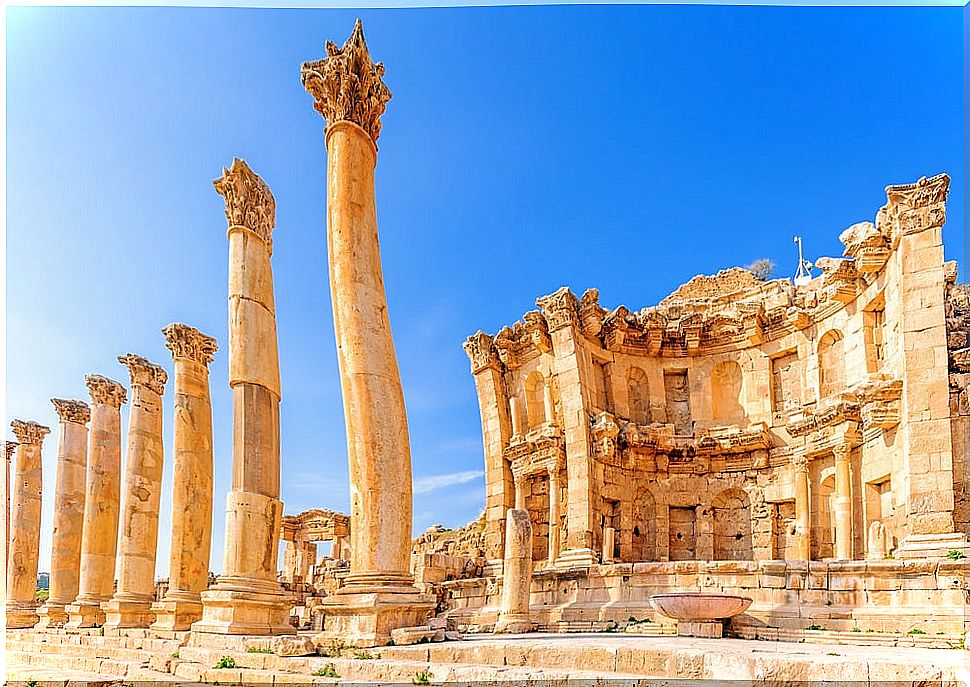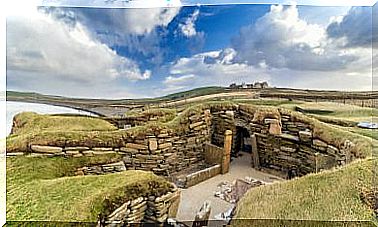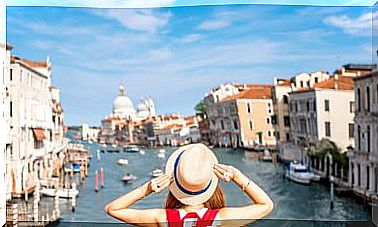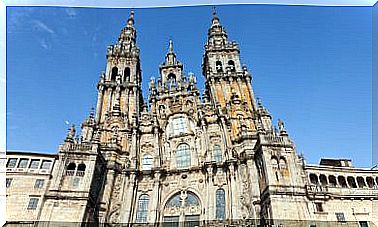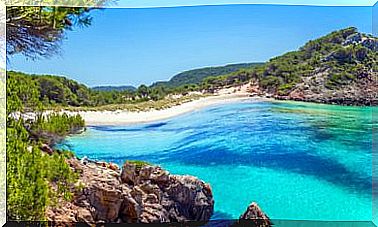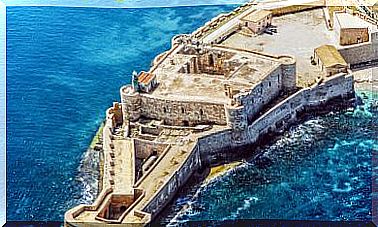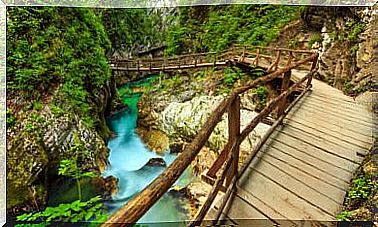What To See In The Citadel Of Amman, Jordan
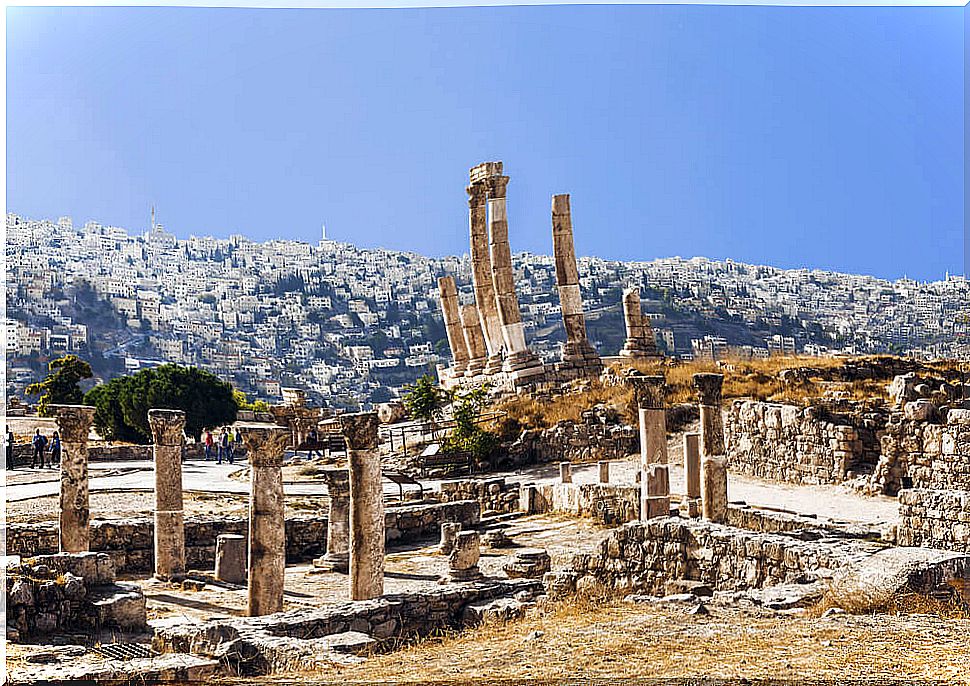
If you travel to Jordan, you should spend at least one day visiting the Amman Citadel. The safest thing is that the flight arrives at the airport in this city. A perfect excuse to plan a small route that will take you to discover the archaeological zone of the country’s capital and a prominent part of its history.
The first settlements in this place could date from the Neolithic. However, the remains that await you there are much later. Do you want to know what you can discover in the Citadel of Amman? We begin the visit.
Get to know the Citadel of Amman
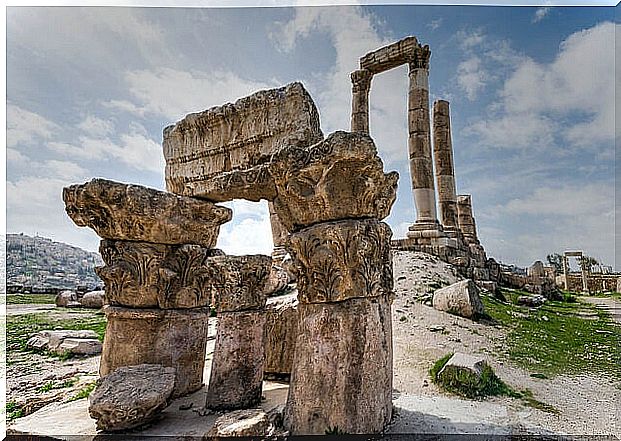
As we mentioned, most tourist flights to Jordan land at the Amman airport. Therefore, the advice is to book the first or last day of your trip to discover this citadel. It may be less famous than places like Petra or the Wadi Rum desert, but it will be worth the visit.
With seven millennia of history, the Citadel of Amman has witnessed the passage of different civilizations. Persians, Babylonians, Greeks or Romans passed through that settlement and left their mark.
Then came a period of neglect and forgetfulness, which lasted for centuries. Only the Bedouins visited this place from time to time, which over time ended up becoming what we can see today: magnificent ruins that recall past times of splendor.
The temple of Hercules
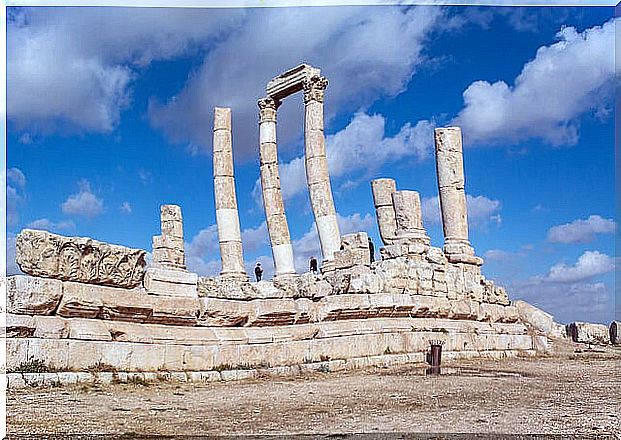
The most impressive part of the Citadel of Amman is the ruins of this temple. It is a Roman building located in the center of the citadel. It receives that name because several coins dedicated to the demigod have been found, which is why it is believed that the temple was dedicated to his cult.
In the remains, an inscription can be seen on the portico indicating that it is dedicated to Marco Aurelio and Lucio Vero. On the other hand, in an archaeological find a rock was discovered with an inscription that could belong to the 8th and 9th centuries BC.
It had considerable dimensions: 31 meters long by 26 wide. Dimensions necessary to house a statue of the god about nine meters high, according to the analyzes made to the pieces that still remain. Only one elbow, one foot, and one hand remain.
Other constructions of the citadel
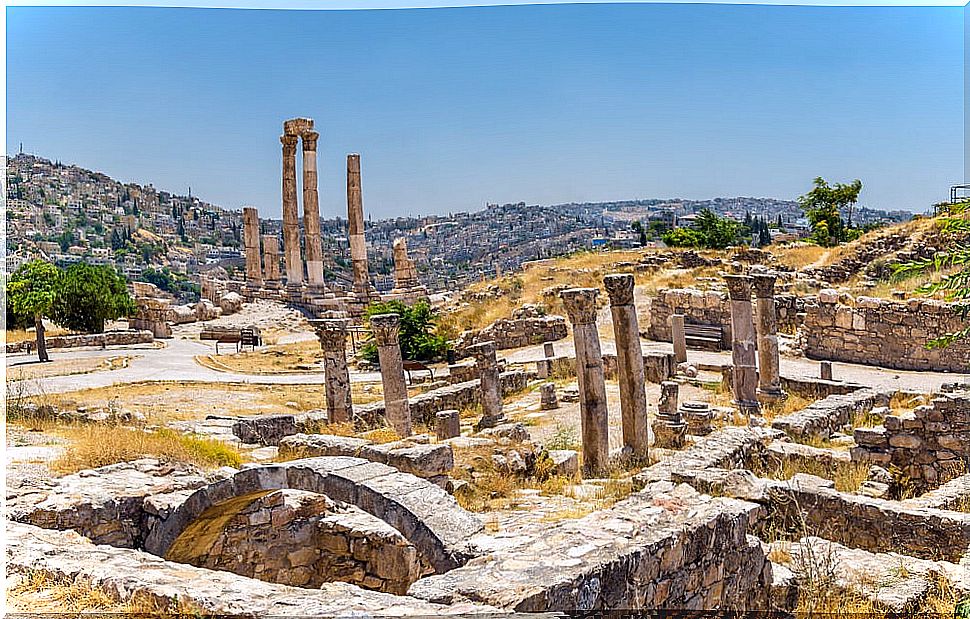
The Byzantine church is another of the jewels of the Citadel of Amman. It is believed to date from the 6th or 7th centuries. Corinthian columns mark the precinct of the old church.
Also noteworthy is the old Umayyad palace. An 8th century building that features a monumental doorway with four vaulted niches. A colonnaded street will guide your steps through the enclosure.
And it is also worth referring to the cistern, which supplied the citadel with water and which has survived to this day in an almost perfect state of preservation.
Jordan Archaeological Museum

It is in the Citadel of Amman where you will find the Archaeological Museum of Jordan. Here a large part of what was found on the hill on which the citadel was built is exposed. Pieces ranging from Prehistory to the 15th century.
You will be able to see tools, weapons, decorative elements or everyday utensils. And, if you are a lover of numismatics, you will find the collection of coins very interesting and valuable.
Although, without a doubt, the museum’s jewels include the collection of Dead Sea Scrolls and the statues of Ain Ghazal. The latter are among the oldest human representations that have been found to date.
A recommendation to end the visit
Visiting the Citadel of Amman can be an intense day, especially if you are a lover of history and art. For this reason, since you are in the capital of the country and, as you will surely need to recharge your batteries, we suggest you close the day enjoying its incredible Mediterranean cuisine.
Jordanian food is full of powerful and exotic flavors. And it also highlights the great variety of well-known dishes that you can taste. The most famous are chickpea hummus and falafel. And maybe you’ve tried the tabboule, a salad of wheat semolina, tomato, lemon, spearmint and parsley.
But, if you want to try something different, order kibbe, a kind of meatball made of minced meat with spices and covered with a dough made with meat, wheat semolina, onion and pepper. Or try the mansaf , lamb meat that is cooked in liquid yogurt.
